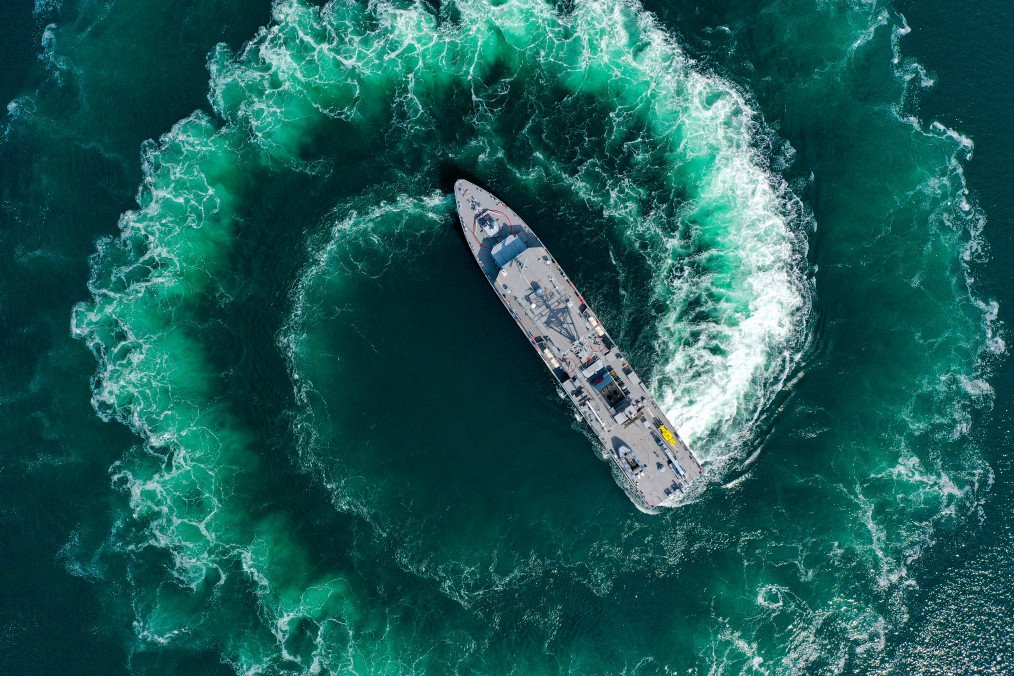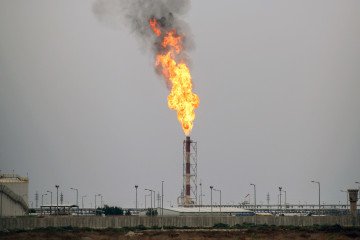- Category
- Latest news
NATO Exercises Reveal Over 100 Russian Mines in Black Sea Threatening Global Food Supply

During a recent NATO exercise off the coast of Bulgaria, allied aircraft reported sightings of over 100 mines in the Black Sea, raising concerns about escalating tensions in the region, The New York Times reported on September 30.
With Russia’s navy now pushed back into the eastern Black Sea, Putin is attempting to restrict or cut off Ukrainian grain exports by deploying mines, including drifting mines that pose a direct threat to international shipping and violate international law.
According to Forces News, more than 500 naval mines had been laid in the Black Sea to disrupt the Ukrainian grain corridor, making it “one of the most dangerous seas in the world”, said Commodore Dmytro Kovalenko, the head of training command in the Ukrainian Navy.
Mines are simple yet highly effective maritime weapons, historically used in many conflicts, such as the World Wars, Korea, Vietnam, the Suez Crisis, and the Falklands War.
Fortunately, mine strikes in the Black Sea have been relatively rare so far. One notable incident occurred in March 2022 when the Estonian cargo ship MV Helt was hit and sunk off the coast of Odesa, though all six crew members escaped unharmed. Another incident involved the bulk carrier Vyssos, which was struck near its stern en route to the Izmail port on the Danube. The captain’s quick decision to ground the ship saved the ship from sunking.
To counter the threat, Turkey, Romania, and Bulgaria signed a memorandum establishing the Mine Countermeasures Naval Group (MCM Black Sea) to protect the critical 310-nautical-mile grain corridor. However, the sheer size of the corridor presents significant challenges even for their fleets combined.
Russia’s mining campaign in the Black Sea not only constitutes a war crime but also weaponizes starvation by targeting one of the world’s largest grain suppliers.
Even more concerning, Putin’s use of drifting mines risks dragging NATO into a direct conflict. The grain corridor lies within the territorial waters of NATO members, such as Turkey, Bulgaria, and Romania, inside the 12-mile territorial limit.
In a recent incident, the bulk carrier Aya was hit by a Russian missile inside Romania’s Exclusive Economic Zone (EEZ), though this was considered a war crime on the high seas, not an act of war against Romania or NATO.
The real danger lies in the possibility of a drifting mine entering NATO’s territorial waters and causing damage to a ship. Such an incident could trigger NATO’s Article V, which requires all alliance members to respond collectively to an attack on any member. This shows why strict rules govern the use of mines and why ignoring these regulations poses a significant threat to global security.
Earlier, Romania condemned Russian missile strike on civilian vessel carrying grain in Black Sea.


-111f0e5095e02c02446ffed57bfb0ab1.jpeg)


-72b63a4e0c8c475ad81fe3eed3f63729.jpeg)
